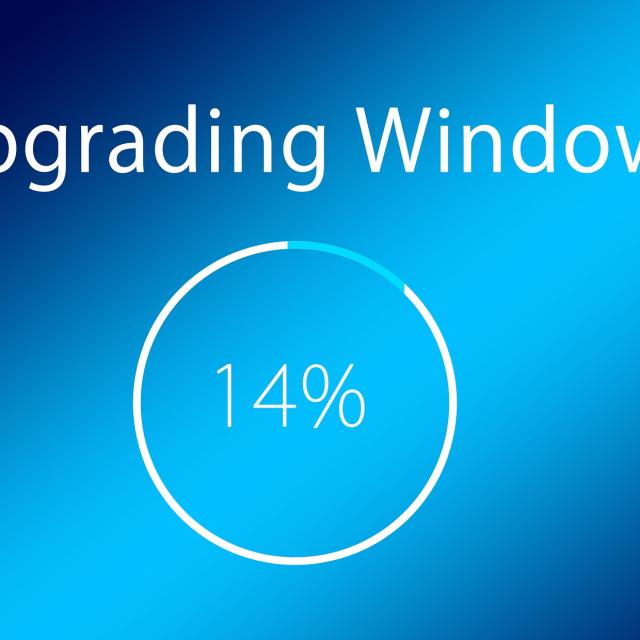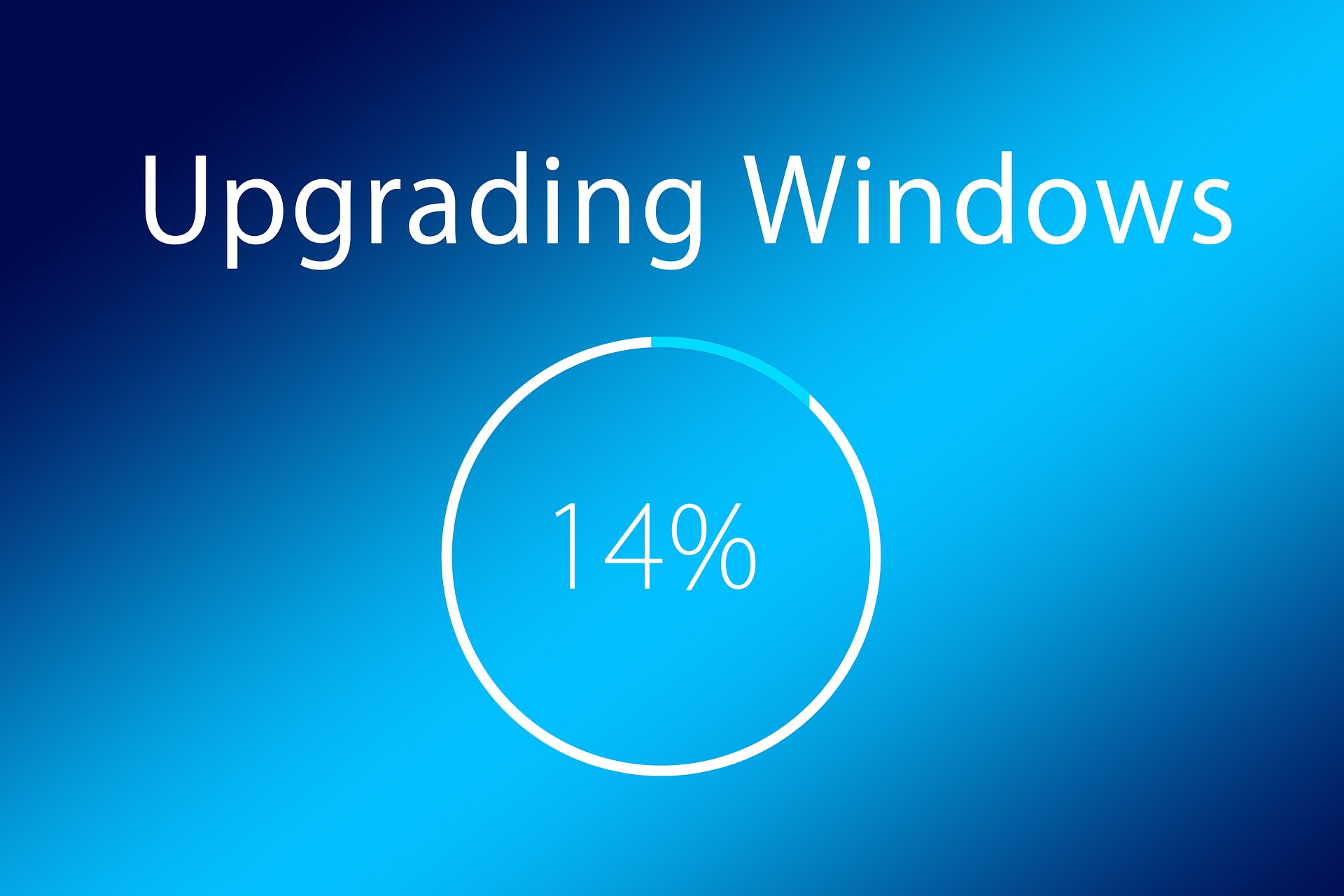
There are still plenty of computers with Windows 10, but Microsoft will soon stop supporting Windows 10 21H1. Check here which version you have and how to update to a newer version.
Although more and more Windows users have now switched from Windows 10 to Windows 11, there are still plenty of Windows 10 users. This is partly because not all Windows 10 computers can also ‘run’ Windows 11. There are undoubtedly also computer users who have Windows 10 21H1 running on their computer. Update 21H1 appeared in May 2021 and since then there have been two new updates for Windows 10, namely in November of 2021 (21H2) and in November 2022 (22H2). Now it may be that the (automatic) updates to these new versions have not succeeded or that users have indicated that they do not want to update.
However, Microsoft has indicated that it will stop supporting Windows 10 21H1 on December 13, 2022, which means, for example, that no more security updates will be released for this version. This means that computers with Windows 10 21H1 are (more) vulnerable to all kinds of external attacks. Therefore, we strongly recommend everyone to update to a newer version.
Which Windows 10 version?
If you are still using Windows 10, it is therefore important to know which version you have. To do this, click on the Start button, click on Settings (the gear icon), go to System and click on About at the bottom. Here you will see the version number behind Version. It should say 21H2 or 22H2 there. However, if it says 21H1, go to Windows Update to update your system.
Do you already have Windows 11? Then don’t forget to update to Windows 11 22H2.
